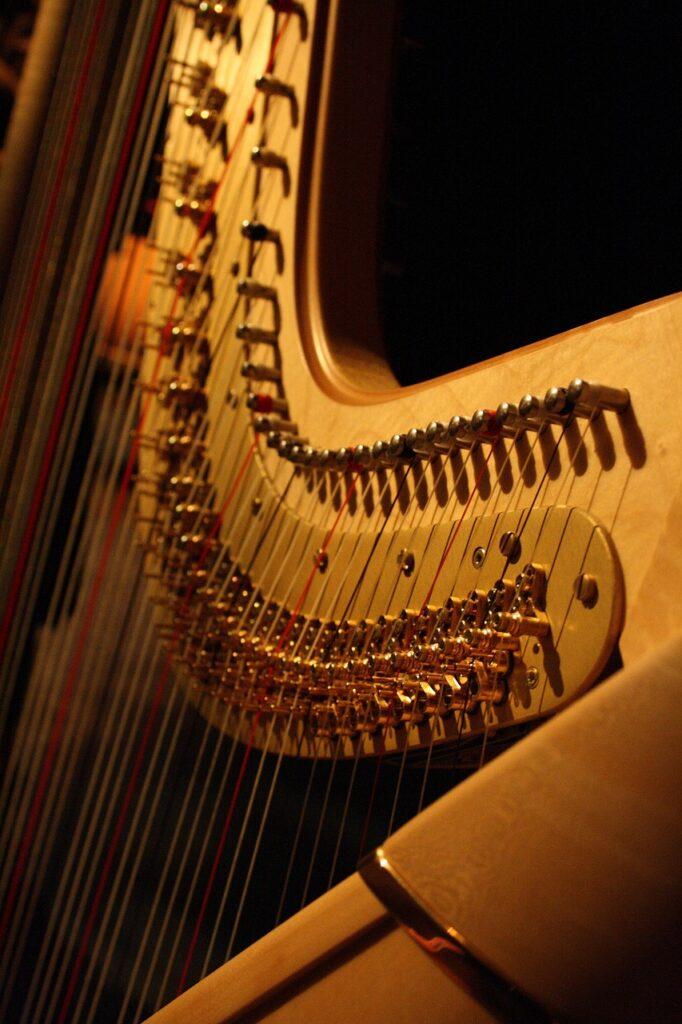How does your brain learn to play the piano with two hands? Daniel Coyle, in "The Talent Code," tells us generally how the brain acquires skill, and I’ll give you specific tips for two-handed playing. Read more to find out how it works. Estimated reading time 4 minutes
Read More

